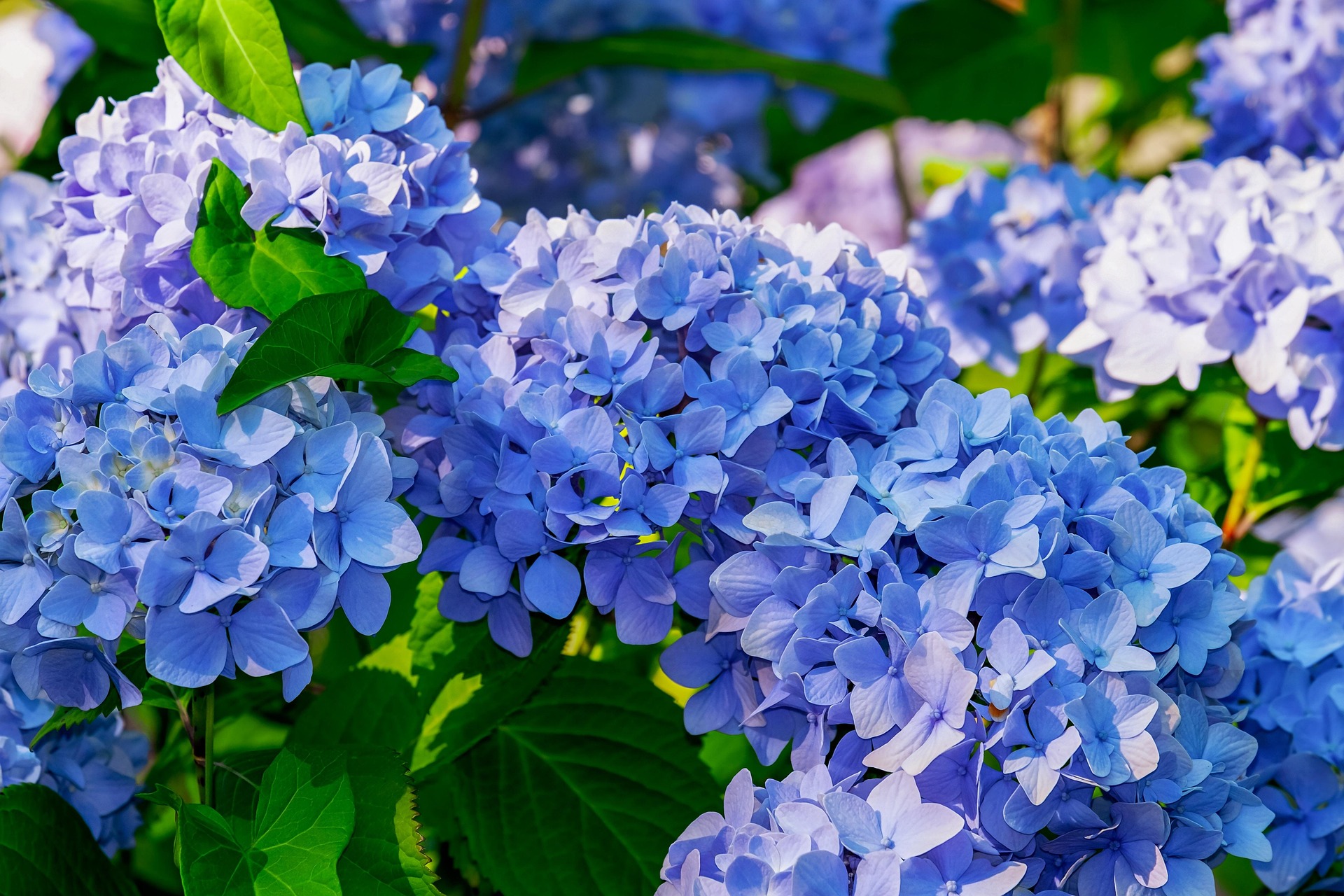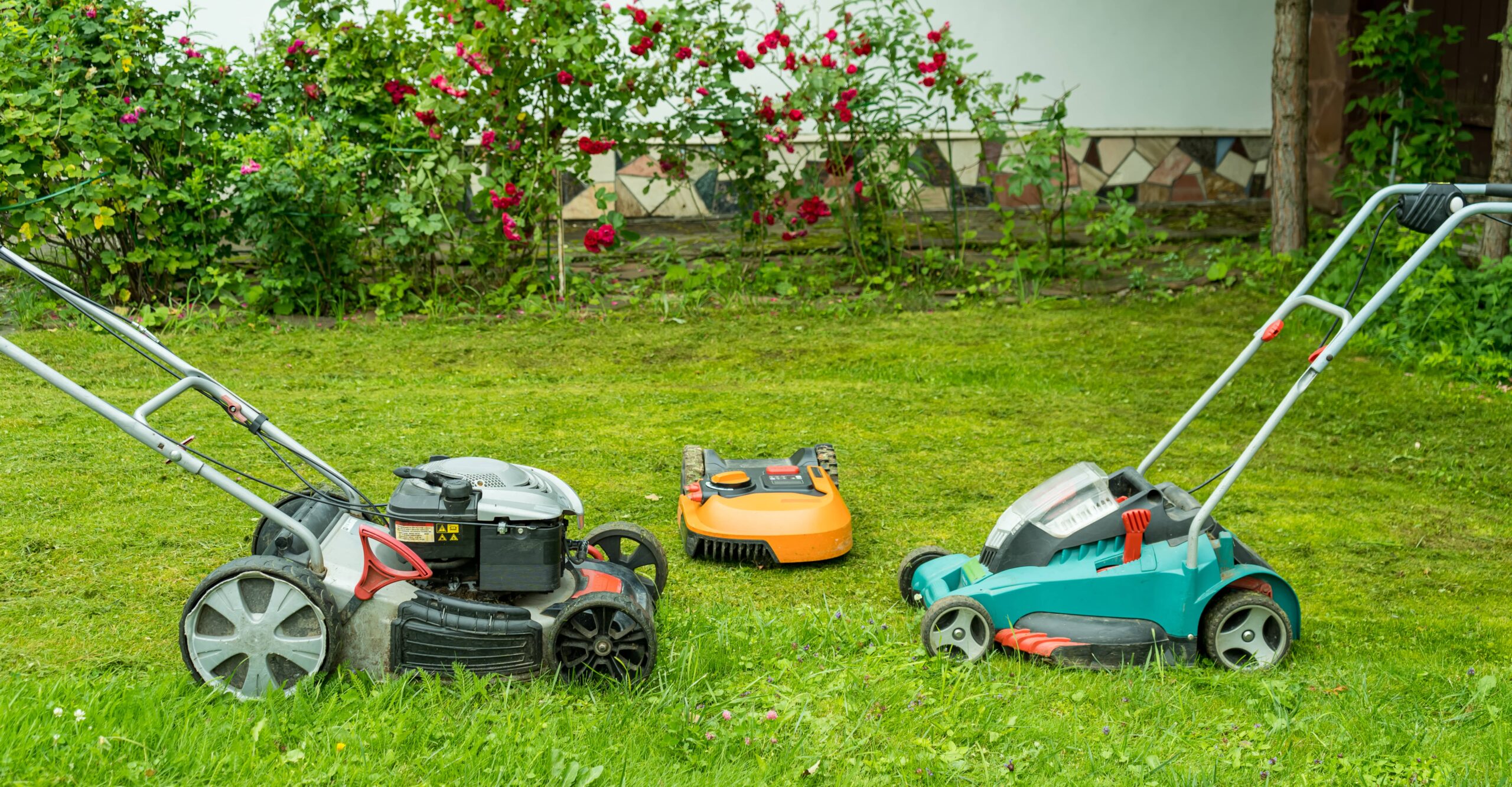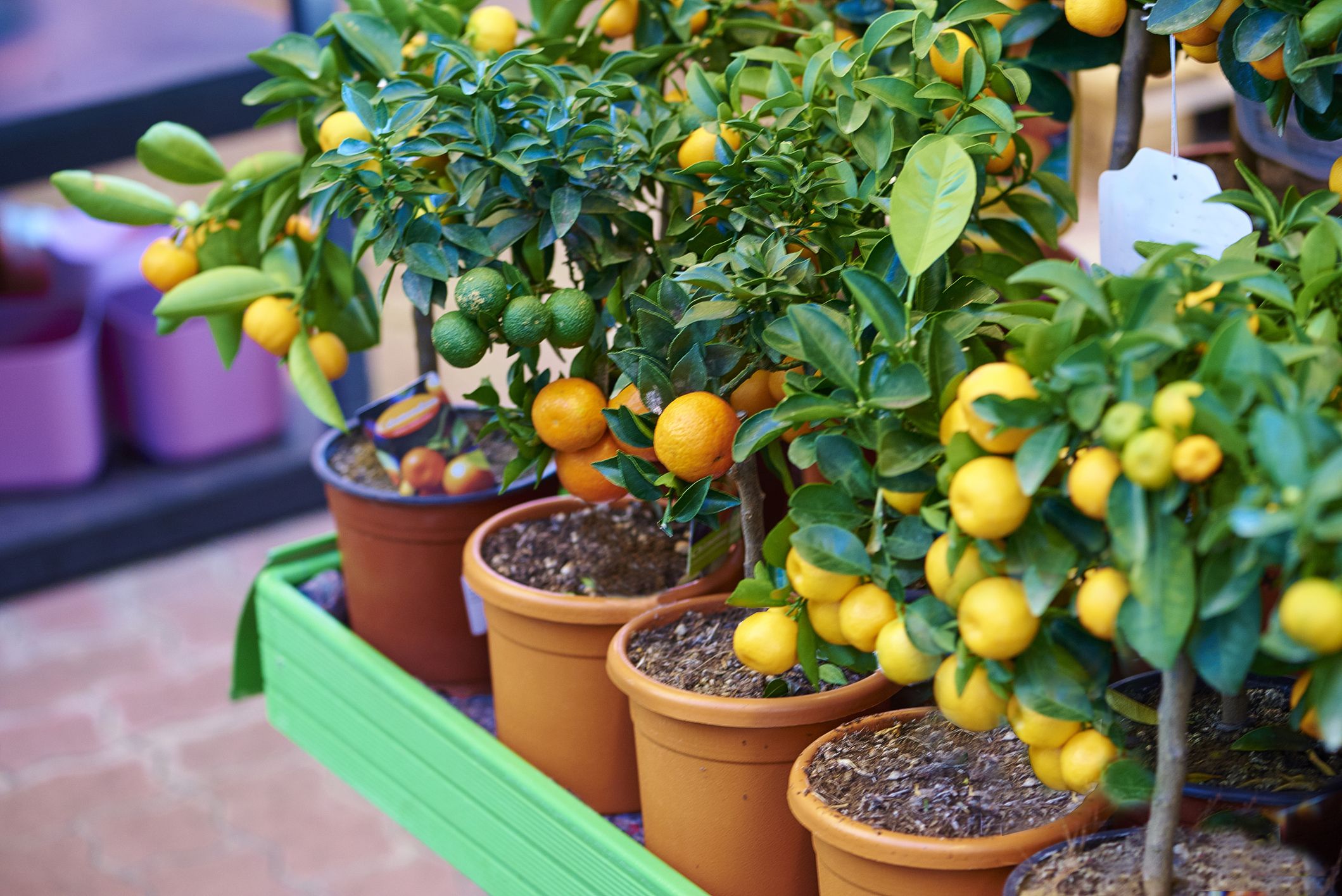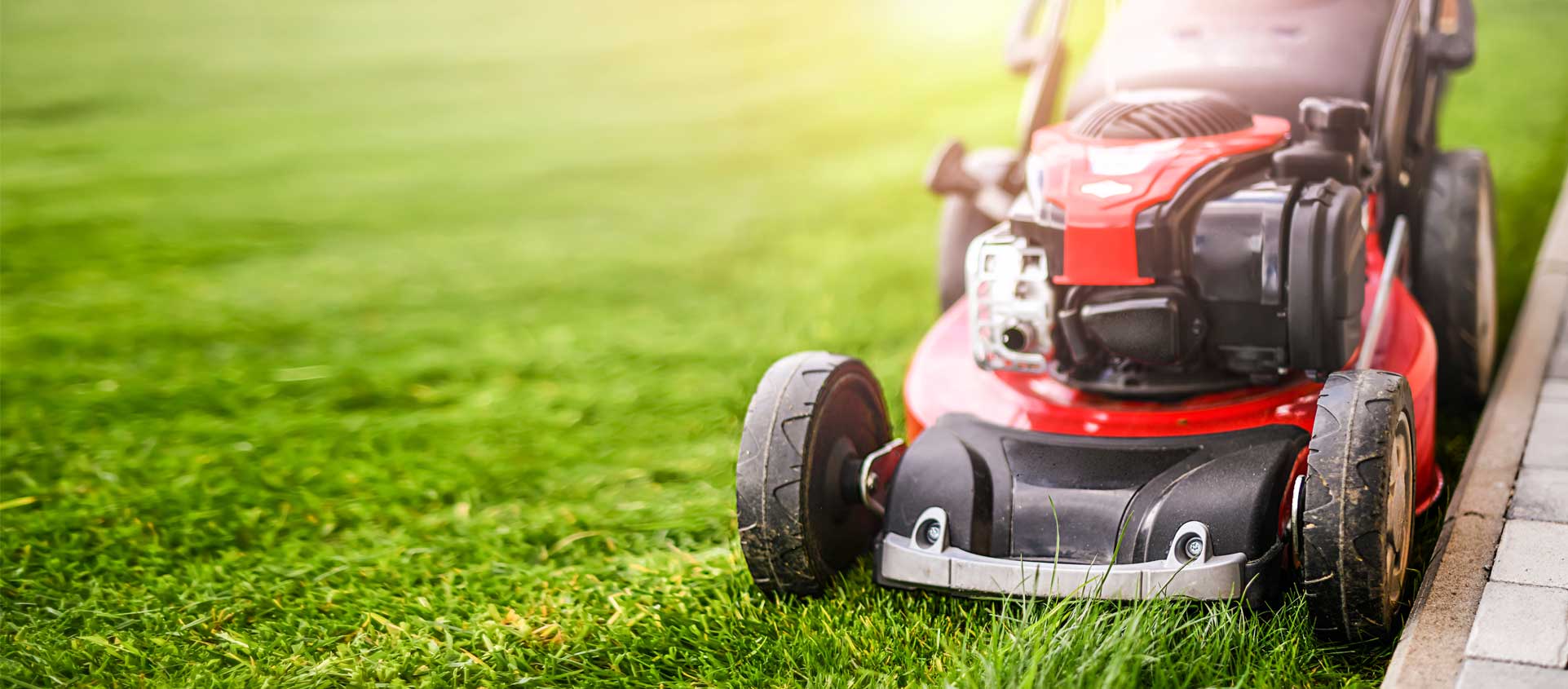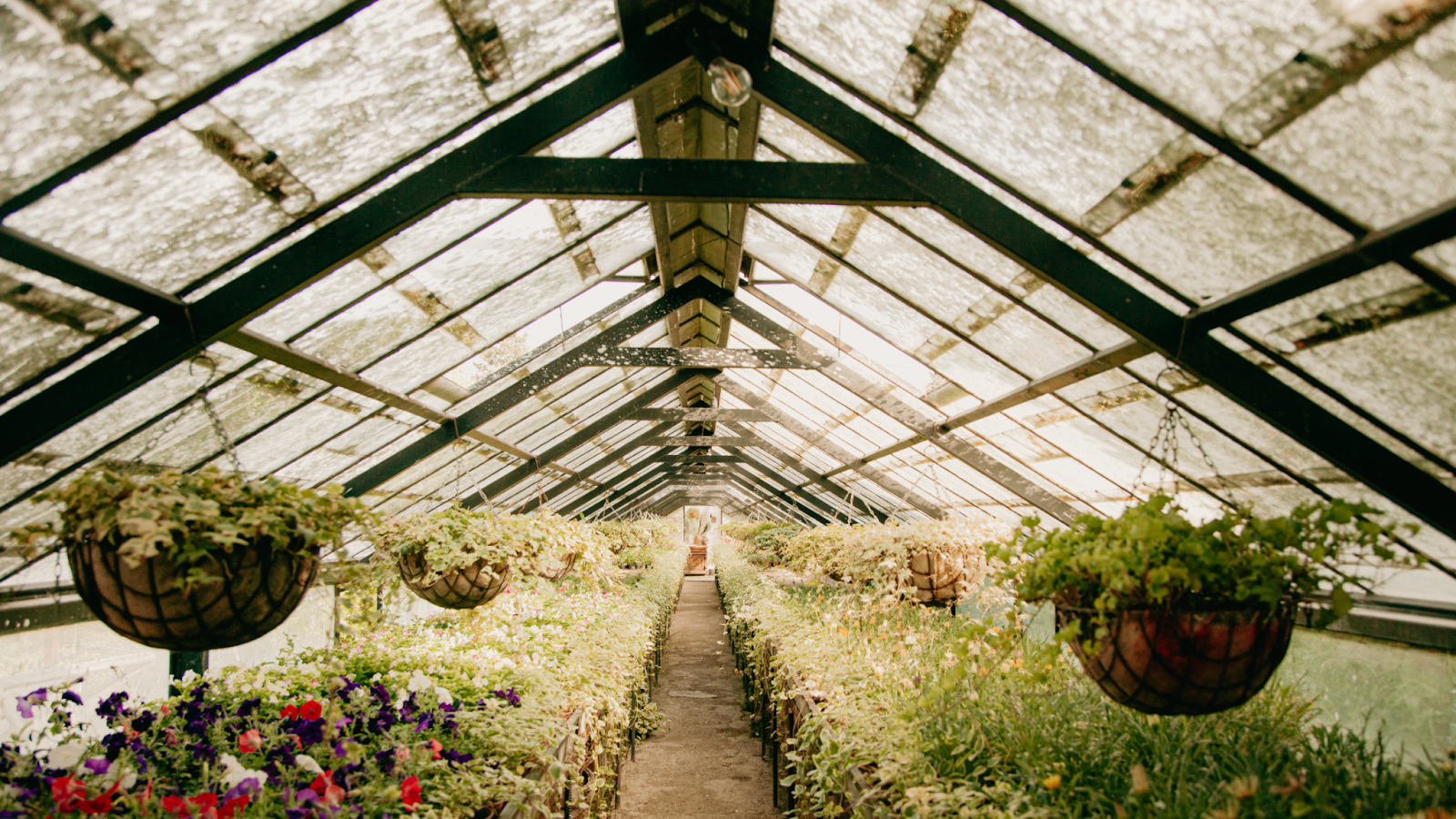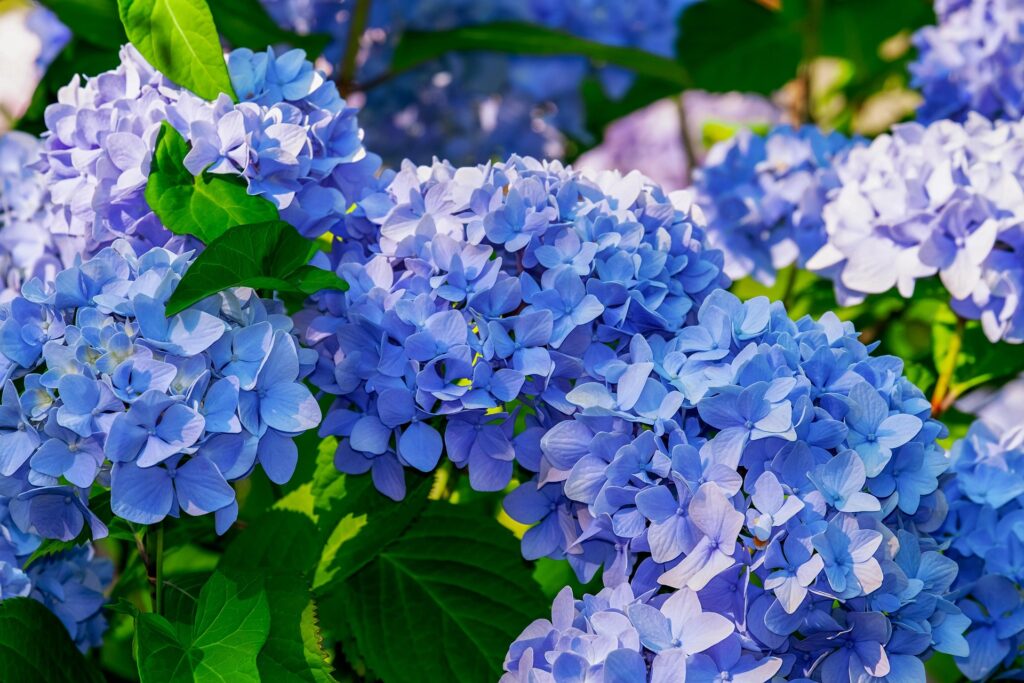
Hydrangeas are among the most cherished garden plants, adding elegance and vibrant colour to landscapes throughout the season. However, even the most experienced gardeners can struggle with keeping them healthy and flourishing. Small missteps in care can lead to stunted growth, fewer blooms, or even plant failure. Understanding these common mistakes and how to avoid them will ensure your hydrangeas remain a stunning focal point in your garden.
1. Choosing the Wrong Spot for Planting
Many gardeners assume hydrangeas can thrive anywhere, but their location is crucial for long-term success. While some varieties tolerate full sun, most hydrangeas perform best with morning sunlight and afternoon shade. Excessive direct sunlight can scorch the leaves and dry out the soil too quickly, while planting them in deep shade may result in weak growth and fewer flowers.
The type of soil they’re planted in also plays a key role. Hydrangeas prefer rich, well-draining soil that retains moisture but does not become waterlogged. Heavy clay or sandy soil can cause nutrient deficiencies, affecting their ability to bloom properly. Amending the soil with organic matter can help create the ideal conditions for strong root development and lush flowers. More detailed advice on soil and planting techniques can be found in expert resources like the Royal Horticultural Society’s growing guide.
2. Overwatering or Underwatering
Hydrangeas require consistent moisture, but getting the balance right can be tricky. Too much water can lead to root rot, especially if the soil drains poorly. On the other hand, not enough water can cause drooping, scorched leaves, and fewer flowers.
A good watering routine includes:
- Checking the top few inches of soil before watering—if it’s dry, it’s time to water.
- Watering deeply once or twice a week, rather than frequent shallow watering.
- Applying a mulch layer around the base to retain moisture and regulate temperature.
If hydrangeas show signs of yellowing leaves or wilting despite wet soil, it may be a sign of overwatering. Adjusting your watering habits can prevent these common hydration mistakes and keep the plant’s roots healthy.
3. Pruning at the Wrong Time
Pruning hydrangeas can be confusing because not all types require the same care. Some bloom on old wood, meaning cutting them back at the wrong time can remove next season’s flowers. Others bloom on new growth, benefiting from seasonal pruning.
To avoid accidental removal of flower buds, it’s important to identify the hydrangea type before pruning:
- Bigleaf and Oakleaf Hydrangeas bloom on old wood, so they should only be pruned right after flowering.
- Panicle and Smooth Hydrangeas bloom on new wood, meaning they can be pruned in late winter or early spring.
Cutting back at the wrong time can leave you without flowers for an entire season, so timing is everything when it comes to pruning.
4. Ignoring Seasonal Protection
Cold weather can be particularly harsh on certain hydrangea varieties, causing dieback and affecting future blooms. Some types, like Bigleaf Hydrangeas, are more sensitive to frost, while others, such as Panicle Hydrangeas, are more cold-hardy.
Providing proper winter care is key to ensuring the plant returns strong in the spring. Applying a layer of mulch around the base can insulate the roots and protect them from sudden temperature drops. In particularly cold regions, some gardeners choose to wrap their plants in burlap to shield them from frost damage.
For those looking for more specific guidance on choosing cold-resistant hydrangea varieties, a great resource is this comprehensive UK-based guide on hydrangea specialists, which lists nurseries and experts who specialise in different cultivars suited to various climates.
5. Neglecting Pest and Disease Prevention
Like many garden plants, hydrangeas are susceptible to pests and fungal diseases. Aphids, spider mites, and scale insects are some of the most common problems, often causing damage to new growth and flower buds. Powdery mildew and leaf spot can also develop in humid conditions or when air circulation is poor.
Keeping hydrangeas healthy and pest-free involves:
- Ensuring proper spacing to allow for airflow.
- Avoiding overhead watering, as damp leaves encourage fungal infections.
- Regularly inspecting leaves and stems for early signs of disease.
- Using natural treatments like neem oil or insecticidal soap if pests appear.
Healthy plants are less likely to suffer from severe infestations, so preventative care is key to avoiding long-term issues.
6. Forgetting to Adjust Soil pH for Desired Bloom Colour
One of the fascinating aspects of hydrangeas is their ability to change flower colour based on the soil’s pH. Many gardeners are unaware that tweaking soil conditions can influence the bloom shade, particularly for Bigleaf Hydrangeas.
- In acidic soil (pH below 6.0), flowers tend to turn blue.
- In neutral or alkaline soil (pH above 6.5), flowers are more likely to be pink.
If you’re hoping to intentionally alter the colour, soil amendments like aluminium sulfate (for blue blooms) or garden lime (for pink blooms) can help. Testing the soil pH before making adjustments ensures optimal results without harming the plant’s overall health.
7. Expecting Blooms Every Year Without Proper Fertilization
A lack of nutrients is a common reason why hydrangeas fail to bloom as expected. While hydrangeas are relatively low-maintenance, they benefit from proper feeding to support healthy growth and vibrant flowers.
Choosing the right fertilizer depends on the plant’s specific needs:
- A balanced, slow-release fertilizer (like 10-10-10) promotes steady growth and flowering.
- Avoiding excess nitrogen prevents the plant from producing too many leaves instead of blooms.
Feeding hydrangeas in early spring and again after the first blooms can ensure continuous flowering throughout the season.
By avoiding these common mistakes and fine-tuning your care routine, you can enjoy lush, thriving hydrangeas season after season. Learning from expert sources like the Hydrangea Library can provide even more insights into keeping your plants in top condition.
No matter your level of gardening experience, a little extra knowledge goes a long way in helping your hydrangeas reach their full potential. Taking the time to understand their specific needs will reward you with breathtaking blooms year after year.







